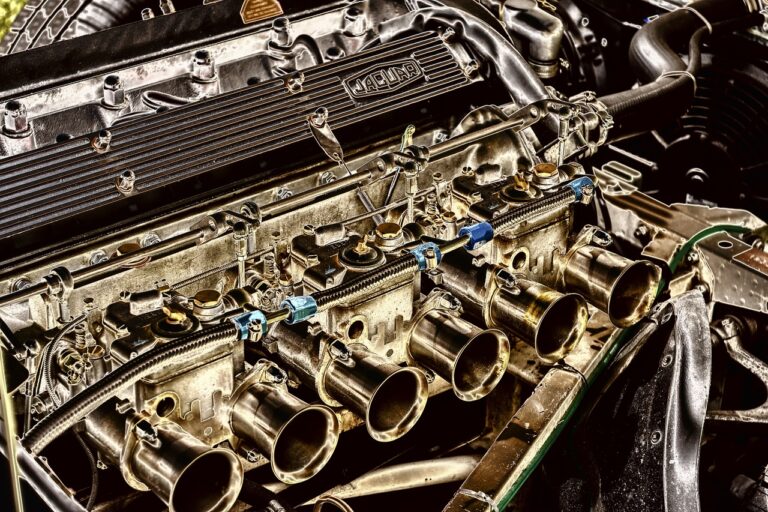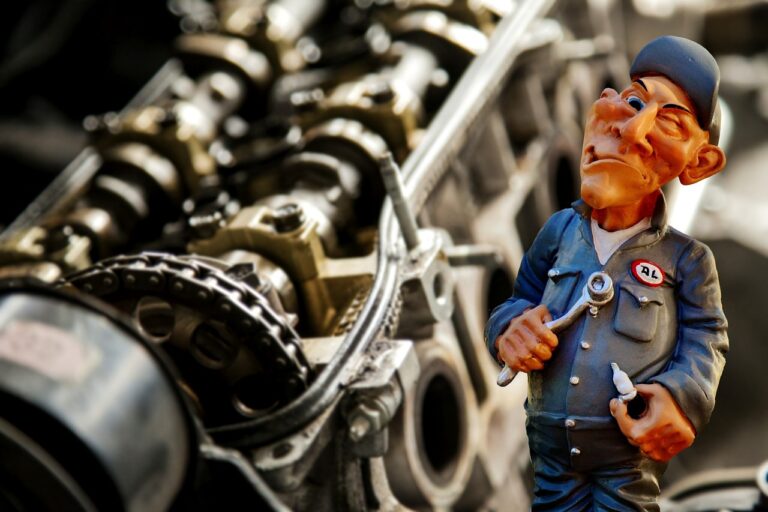Innovations in Automotive Soldering Techniques
all panel mahadev, lotusbhai, allpaanel. com login: Innovations in Automotive Soldering Techniques
Automotive soldering techniques have come a long way in recent years, with advancements in technology leading to more efficient and reliable methods of joining electrical components. From automated soldering machines to new solder formulations, the automotive industry is constantly evolving to meet the demands of modern vehicles. In this article, we will explore some of the latest innovations in automotive soldering techniques and how they are revolutionizing the way cars are built.
The Importance of Soldering in Automotive Applications
Soldering is a crucial process in automotive manufacturing, as it is used to create secure and durable connections between electronic components. These connections are essential for the proper functioning of a vehicle’s electrical system, including everything from the engine control unit to the infotainment system. Without reliable solder joints, cars would be prone to electrical failures and malfunctions, leading to costly repairs and potential safety hazards on the road.
In the past, soldering was typically done manually by skilled technicians using a soldering iron and solder wire. While this method is effective, it can be time-consuming and labor-intensive, making it difficult to keep up with the high production volumes of today’s automotive industry. As a result, automotive manufacturers have been exploring new technologies and techniques to streamline the soldering process and improve overall efficiency.
Automated Soldering Machines
One of the most significant innovations in automotive soldering techniques is the development of automated soldering machines. These machines are equipped with robotic arms that can precisely apply solder to electronic components with speed and accuracy. By automating the soldering process, manufacturers can increase production rates and ensure consistency in solder joint quality.
Automated soldering machines come in various configurations, including wave soldering machines, reflow soldering ovens, and selective soldering systems. Wave soldering machines use a molten solder wave to coat a circuit board with solder, while reflow soldering ovens use infrared heat to melt solder paste and create solder joints. Selective soldering systems allow manufacturers to target specific components for soldering, minimizing the risk of damage to nearby parts.
In addition to speeding up production, automated soldering machines also offer other benefits, such as reduced labor costs, improved safety for workers, and higher quality solder joints. These machines can also be programmed to perform complex soldering tasks that would be difficult or impossible to achieve with manual soldering methods.
Lead-Free Solder Formulations
Another innovation in automotive soldering techniques is the use of lead-free solder formulations. In the past, solder was typically made with a combination of tin and lead, which provided excellent soldering properties but raised environmental and health concerns due to the toxicity of lead. As a result, many countries have implemented regulations restricting the use of lead in consumer electronics and automotive applications.
Lead-free solder formulations are now widely used in the automotive industry, offering a safer and more environmentally friendly alternative to traditional lead-based solder. These formulations typically contain a combination of tin, silver, and copper, which provide similar soldering properties to lead-based solder without the associated health risks. Automotive manufacturers have embraced lead-free soldering as part of their commitment to sustainability and corporate responsibility.
Advanced Soldering Techniques
In addition to automated soldering machines and lead-free solder formulations, automotive manufacturers are also exploring advanced soldering techniques to further improve the reliability and durability of solder joints. One such technique is vacuum soldering, which uses a vacuum chamber to remove air and impurities from the solder joint before solidification. This process helps to prevent voids and other defects in the solder joint, resulting in a more stable and robust connection.
Another advanced soldering technique is laser soldering, which uses a focused laser beam to melt solder and create joints with high precision and minimal heat transfer. Laser soldering is ideal for delicate components or areas where traditional soldering methods may be challenging to implement. This technique is also useful for soldering dissimilar materials that have different melting points, as the laser can selectively heat the solder without affecting the surrounding components.
FAQs
Q: What are the benefits of automated soldering machines?
A: Automated soldering machines offer increased production rates, improved solder joint quality, reduced labor costs, and enhanced safety for workers.
Q: Why is lead-free solder important in automotive applications?
A: Lead-free solder is safer for the environment and human health, making it a more sustainable and responsible choice for automotive manufacturers.
Q: What are some examples of advanced soldering techniques used in automotive manufacturing?
A: Vacuum soldering and laser soldering are two advanced techniques that are commonly used in automotive soldering applications.
In conclusion, innovations in automotive soldering techniques are transforming the way cars are built, with automated machines, lead-free solder formulations, and advanced soldering techniques leading the way. These innovations are improving efficiency, reliability, and sustainability in automotive manufacturing, ensuring that today’s vehicles are safer and more reliable than ever before. As technology continues to evolve, we can expect to see even more exciting developments in automotive soldering techniques in the years to come.







